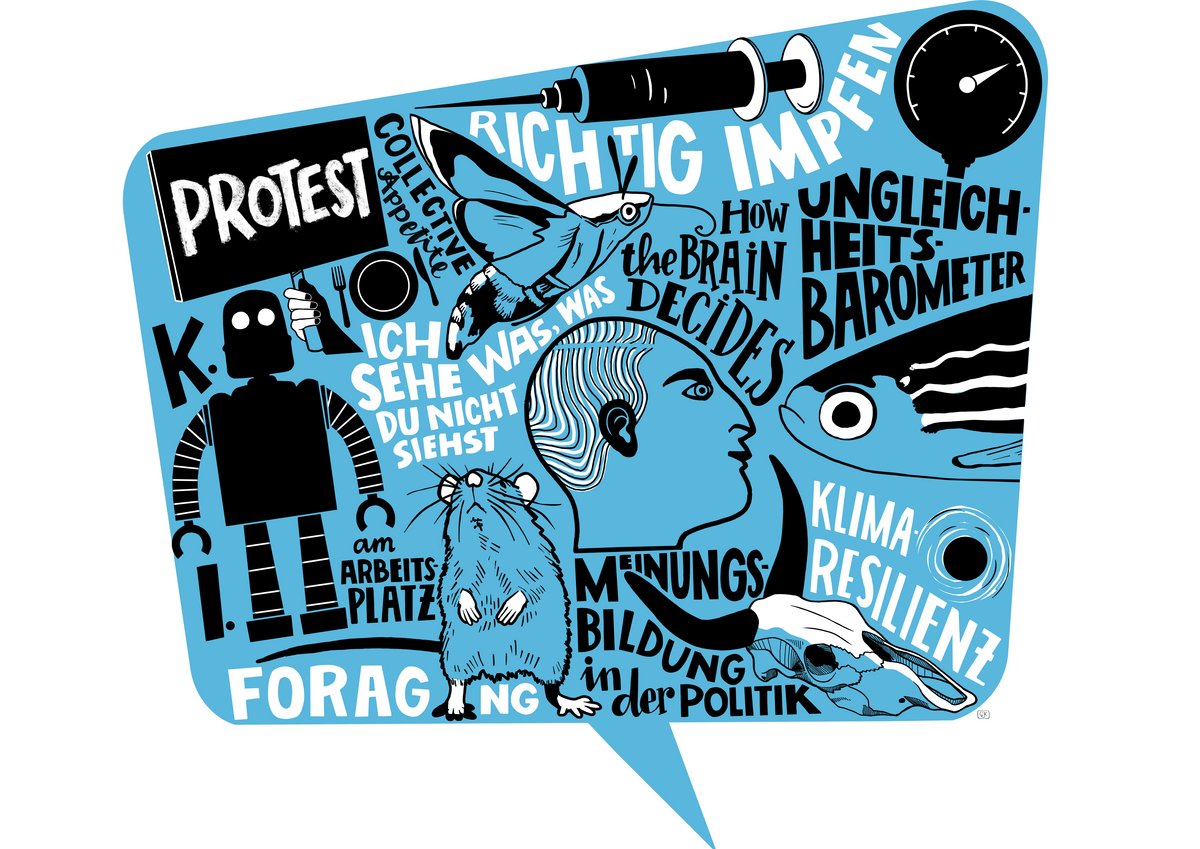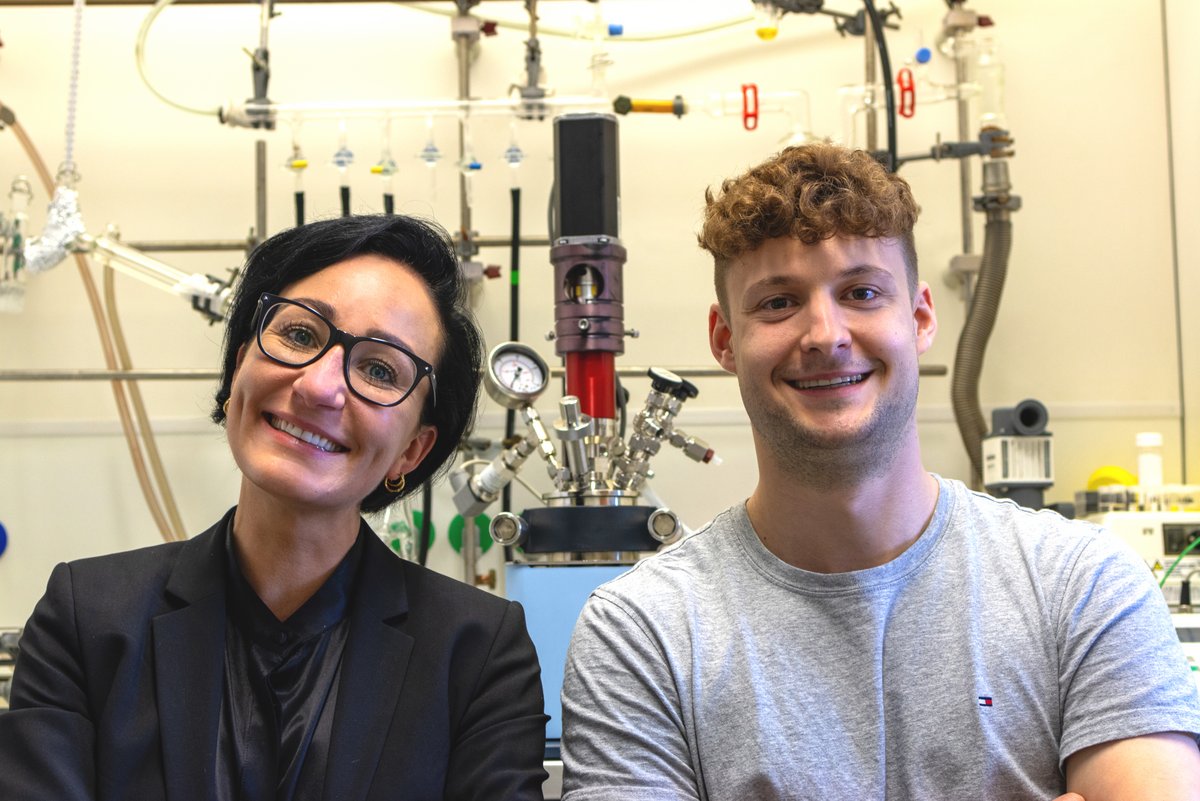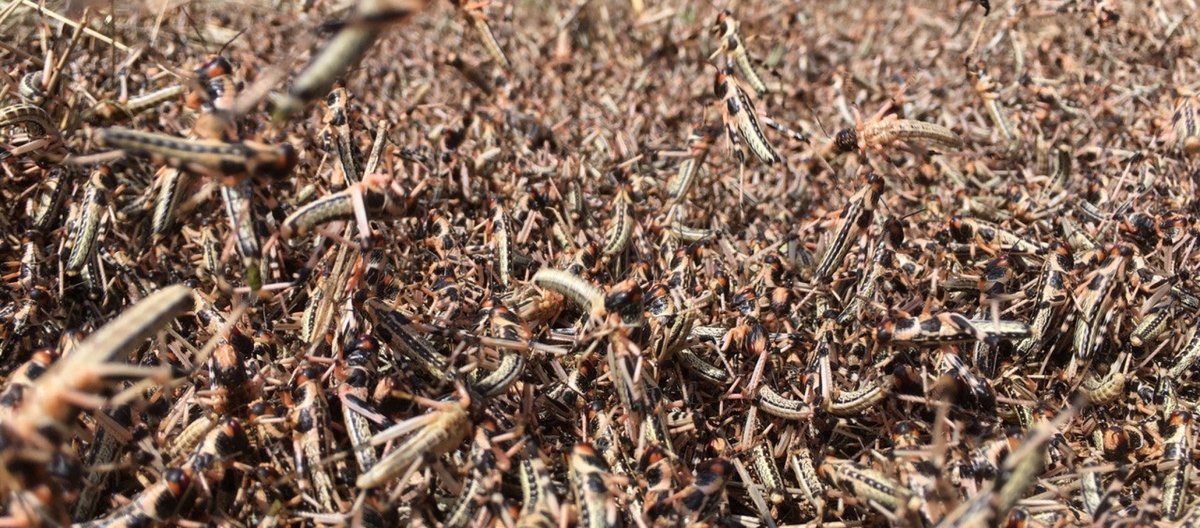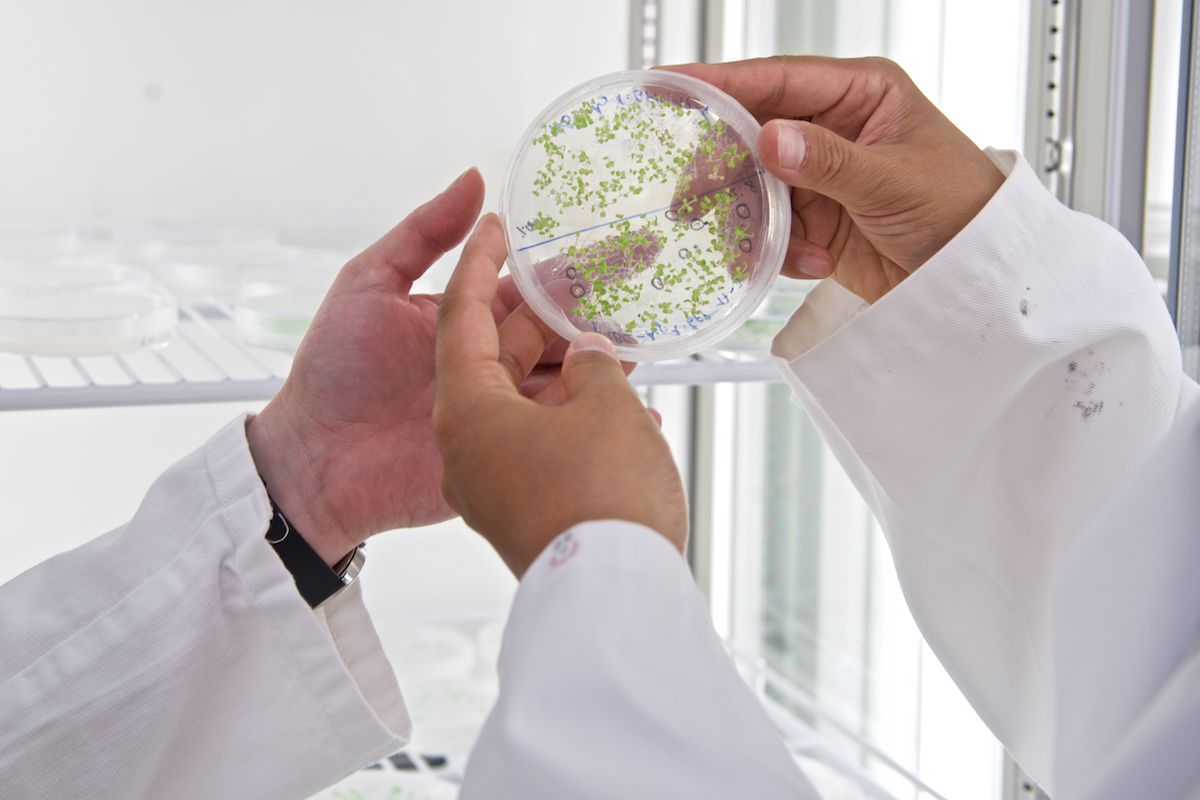![[Translate to Englisch:] The South American lungfish has an eel-like, brownish-coloured body and a snake-like, yellow-spotted head.](/fileadmin/_processed_/0/0/csm_Lungenfisch_1280_14ee7ef238.png)
Decoding the world’s largest animal genome
Thirty times the size of the human genome: An international team of researchers led by Konstanz evolutionary biologist Axel Meyer and Würzburg biochemist Manfred Schartl has sequenced the largest genome of all animals, the lungfish genome. Their data help to explain how the fish ancestors of today’s land vertebrates were able to conquer land.
Read more
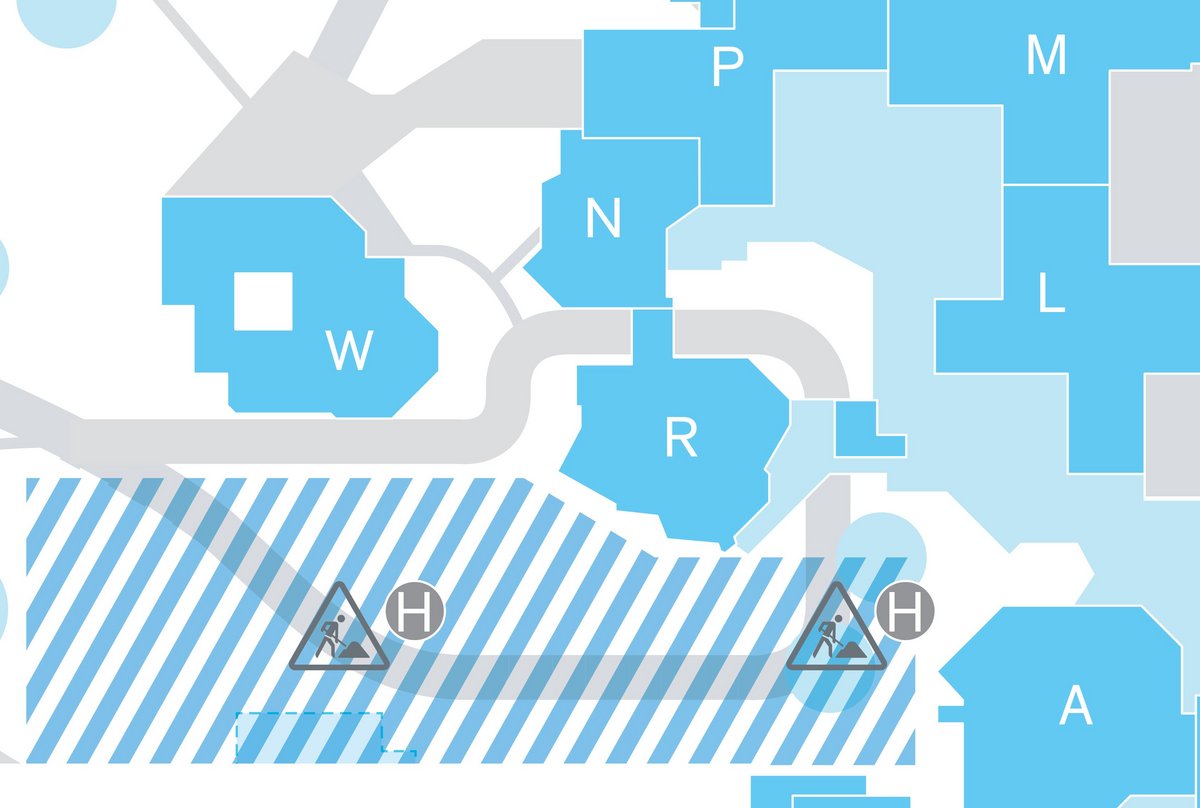
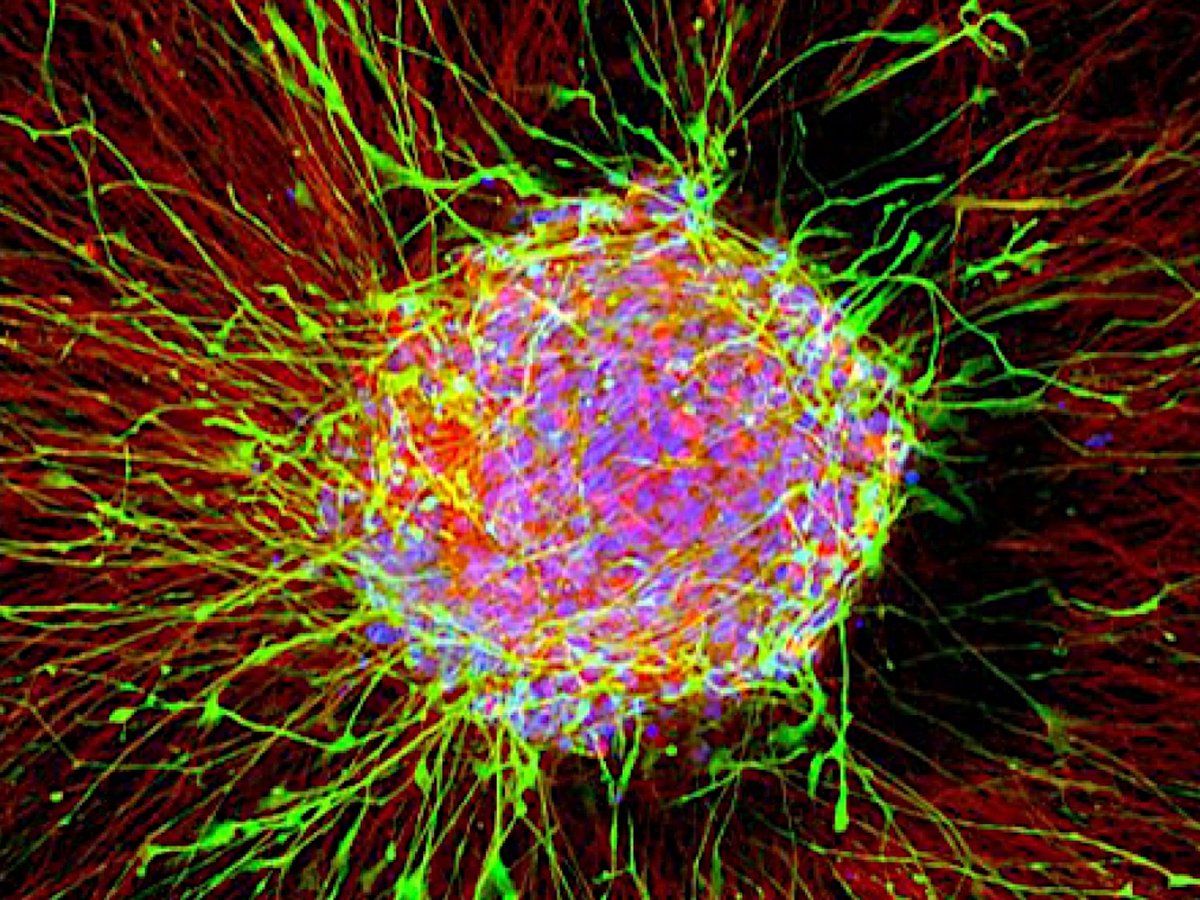
![[Translate to Englisch:] Rückansicht von Demonstrierenden. Eine Frau hält ein Plakat hoch in dem eine gesunde und eine kranke Erddarstellung zu sehen sind, mit dem Text "you decide"](/fileadmin/_processed_/2/d/csm_Zwischen_Wissen_Fridays_for_Future_pixabay__by_dmncwndrlch-1_b7ec424a15.jpg)
